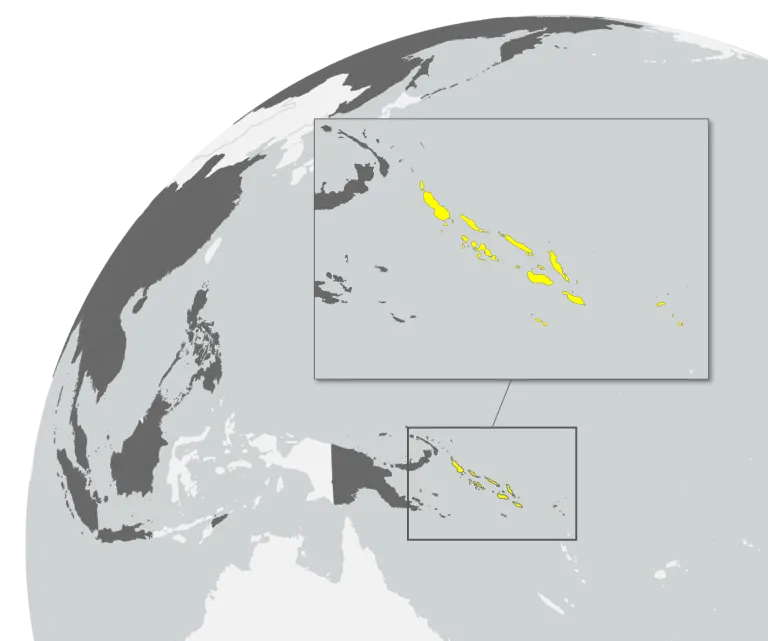Breadcrumb
- Home
- Operating Environments
- Indo Pacific
- Puller Islands
Puller Islands

Main navigation
Country overview
The Puller Islands is a Melanesian archipelagic state comprising 10 main islands and over 900 smaller ones, located northeast of Australia. It gained independence in 1978, adopting its name in honor of US Marine Corps hero Lewis “Chesty” Puller. The country operates as a parliamentary democracy with a unicameral legislature, multi-level governance, and a legal system blending common, civil, and customary law. Despite notable progress, it faces challenges including corruption, limited resources, and geographic isolation. The 1999–2003 civil conflict led to long-term international peacekeeping involvement. Political power is shared between state institutions, traditional authorities, and civil society. Elections remain critical to legitimacy but have experienced occasional disruption. The Puller Islands pursues a foreign policy focused on regional cooperation, economic development, and balanced relations with powers like Australia, the U.S., and Olvana. Though fragile in some areas, the country continues working toward stability, sovereignty, and inclusive development within a complex geopolitical environment.

Country Study Video
Country Capabilities
More Information
For more information, or for support in customising these scenarios to fit your training needs, please use the contacts link below to reach out the the Operating Environments team at the TASSC.